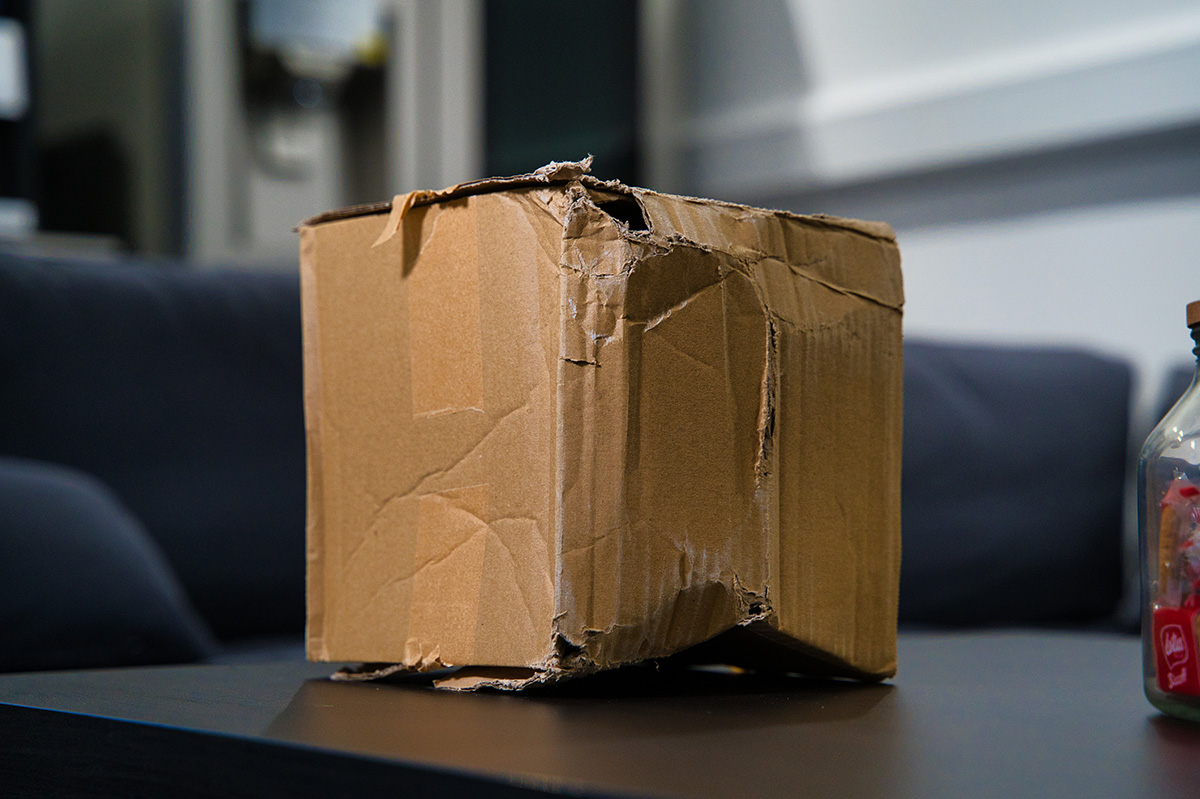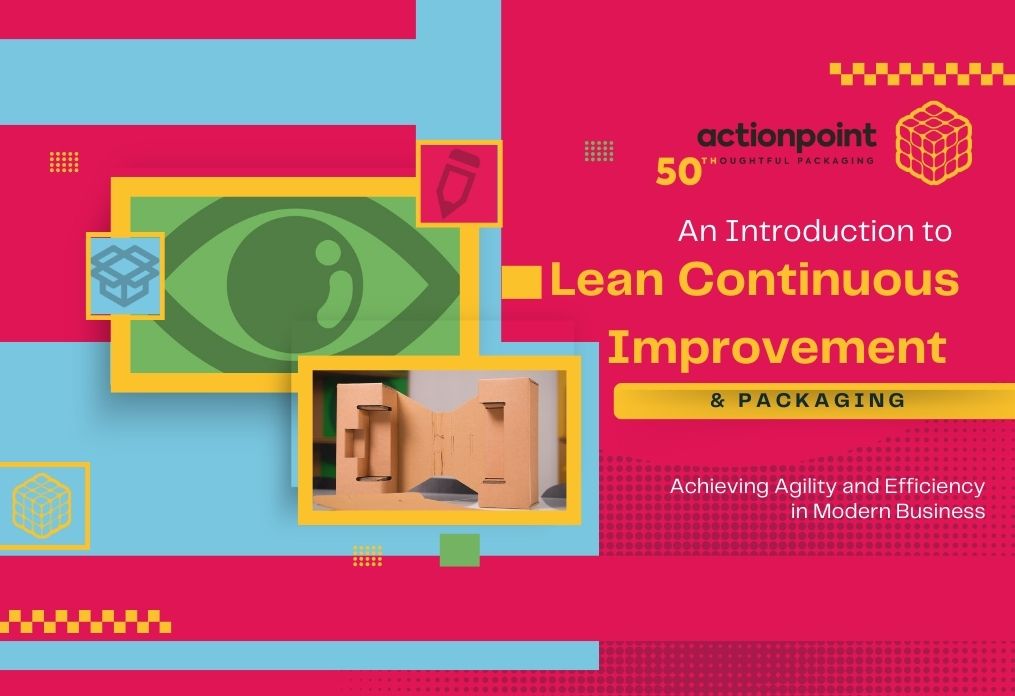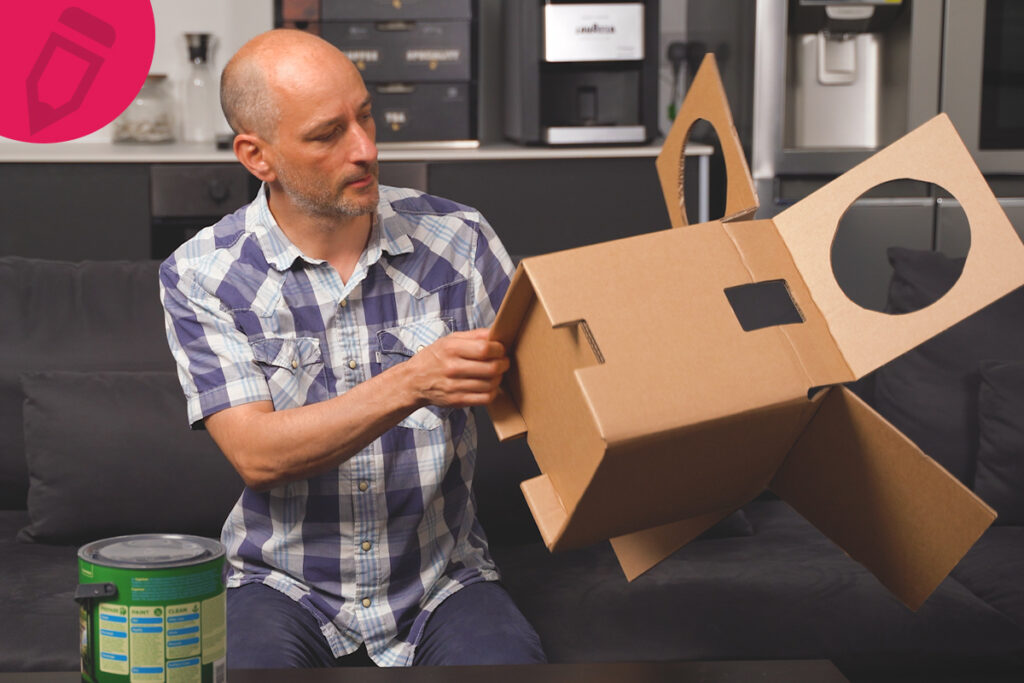One of the best things about going bespoke is the level of control you have over your packaging. There are so many factors and combinations to consider that you are given an abundance of choice to suit your goods, your priorities, and your budget.
Of course, some would say that’s one of the worst things. Where on earth do you begin?
It’s simple with the help of your packaging supplier or other packaging specialist. Because they understand the intricacies of packaging materials and design, they can guide you toward the ideal solution to meet your needs. And the really good packaging experts are able to explain why it’s the right solution for you.
Take board specification, for example. How does a packaging supplier decide which type of board is best for your packaging?

Board grades vs box performance
Traditionally, the corrugated industry has worked in board grades. Boards are made up of three layers – an outside liner, a corrugated centre, and an inside liner – and they are ordered in paper weights measured in GSM (grams per square metre). So, for example, a 125gsm board grade would have a 125gsm outer liner and a 125gsm inner liner.
Over the last decade or so, corrugated manufacturers have been moving more towards performance grades instead of board grades. To measure performance grade, a Box Compression Test (BCT) is carried out. This works by getting a fully assembled box and placing it on a machine that applies consistent weight until the box starts to buckle. The value of that weight determines what the BCT value is for the box. Instead of buying a box made of 125gsm board, you buy a box with a capacity to take up to a certain number of kilos.
This is a much more accurate way of recording and understanding the specification of a box. You know exactly how much weight the box can withstand when stacked on a pallet.
Factors that affect box failure
A Box Compression Test (BCT) is undertaken in optimal laboratory conditions – the box is perfectly aligned, the weight is evenly distributed and consistently applied, and the room is a comfortable and dry temperature. In other words, it does not reflect the real world.

This means we need to take into account anything that could reduce the effectiveness of your packaging. Luckily, we have a list of the main ones for you right here. These issues can cause your packaging to lose anything up to 80% in BCT strength:
- Scoring – such as those you see on multi-depth boxes. Having the option to adjust box size by folding along score lines is very useful, but it does create a weak spot.
- Perforations – including those on shelf-ready FSDU packaging. You might not realise this, but there are different grades of perforations you can put on a box. So, it’s about getting the balance between making it easy for the end customer to tear along the perforations when they need to, while making sure the box doesn’t fail before that point. This is usually tackled during the design process by trying out different perforation grades to see what works.
- Vibrations in transit – affect box performance. If transportation is primarily by road, the box will experience more vibrations (because of the road surface) than by sea. Train travel creates even more vibrations.
- Damage – obviously weakens the box. If you’re creating a box that’s going to travel by courier, it will probably be over-spec’d to allow for the box being knocked or dropped in transit.
- Print on the box – reduces the BCT value because the ink soaks into the board and has an impact on its strength.
- Hand holes – keep a packing line moving as fast as possible because they make it quicker, easier, and safer for operatives to pick up the boxes. But hand holes do provide a point of weakness.
- Moisture – is absorbed by corrugated board (unless it is water-resistant), deteriorating its properties. This is predominantly an issue in a fridge or freezer setting, resulting when warm air meets the cool environment.
- Humidity – takes its toll. In the UK, the average humidity is around the 70% mark, and this causes up to 20% loss of box strength.
- Temperature – affects performance, especially when extreme such as on a container ship passing through hot countries. But it’s fluctuations in temperature that have the worst impact rather than a consistently low or high temperature.
- Pallet – size should also factor into the box spec. When the box is too big for the pallet, there is overhang and that could lead to a 20-40% loss in BCT. The packaging has to fit within the pallet footprint.
- Pallet stacking – approach is key. It’s a common misconception that brick stacking allows the bottom row of boxes to take more weight. In fact, the reverse is true. It’s better to column stack, with the weight travelling down the edges – the strongest parts of a box.
- Storage time – is a crucial aspect to consider for your box spec. Boxes that have been filled with product and palleted for just 10 days can lose 37% in strength.
- Case ratio – makes a big difference, too. Take a square shaped box and a rectangular box. They can have the same volumetric capacity, but when you put them through a BCT, you’ll find the square box can take a lot more weight. Naturally, boxes need to be the right size to contain your product but it’s worth trying to keep the box as close to a square as possible.
Board specification with Actionpoint
Now you’ve seen the factors that affect board specification, you may be wondering how it fits in with the bespoke packaging process. Let’s take you through it, step by step.
At Actionpoint, if a customer wants to make changes to existing packaging, the first thing we do is perform a soak test on that packaging. We want to see if the reality matches the information recorded on the product’s specification document – as this isn’t always the case.
A soak test involves cutting off a small section of packaging, soaking the papers apart, drying them at a consistent temperature and humidity level, and finally weighing each individual paper liner that makes up the board grade. As a result, we know exactly what we’re dealing with and can accurately assess packaging performance and make informed suggestions for improvement.
At this stage, the customer will have a lot of information to share that will be incredibly helpful. They can tell us everything they’re currently doing such as what size pallet they’re using, how many boxes are stacked on the pallet, how high the boxes are stacked, and how long the pallets are kept in the warehouse before being shipped out.
On the other hand, if the customer is launching a brand-new product and we’re creating packaging from scratch, we might need to help them figure out this information.
Once all of these details are captured, the initial board specification can be done within 24-48 hours.
Sample and trial
At the beginning, the board specification is theoretical. Although this gives us an excellent starting point, theory cannot fully replicate real life. So, the next step is to create a sample of the packaging and perform tests to see how the calculations work in the physical world.
Several tests can be completed in the trial area of our on-site Packaging Creation Lounge, and we work with International Safe Transit Association (ISTA)-approved laboratories to conduct Box Compression Tests (BCT). These labs have specialist equipment to do transit, drop, vibration, and humidity tests with boxes loaded with the customer’s product. The labs produce comprehensive reports, usually within a week or two, showing what has worked and what hasn’t.

If all has gone well, it’s time to get a small order of boxes to the customer for them to trial. It takes between two to three weeks for the boxes to be made and shipped, and then it’s up to the client to put the boxes through their paces during assembly, packing, palleting, and delivery. If the customer has multi-sites, they can ship the pallets to a sister site to see how it looks on arrival. If not, they can ship to our warehouse, and we deliver it back to them.
Sampling and trialling are so important. They give us the chance to find out if the packaging is ‘over-spec’ so that we can see if there’s room to change to lower grade, lower-cost materials without loss of performance. In the same way, a trial will highlight if the box is failing because there hasn’t been enough compensation to allow for certain external factors.
Once the trial has been successfully completed, it’s time to kick things off fully with larger production quantities, safe in the knowledge that the packaging has been thoroughly tested and passed with flying colours.
Mystery solved
Many people think a box is just a box, and that they’re all basically the same. But then, out of the blue, their business packaging – which they have been using for years – starts to fail. It’s a mystery. Why are their damage rates suddenly rocketing?
Cue a chat with a specialist who finds out more about the customer’s operation and explains which aspects could be impacting box strength. And then comes the light bulb moment. Because it turns out that one or more changes have been introduced to the packaging processes. For example, the packing line has moved from an ambient warehouse to a fridge warehouse, and the variations in temperature and moisture are more than likely weakening the packaging.
Or perhaps there have been alterations to the product being manufactured but the business is still using packaging designed for the old version – which was different in shape, weight, material, and/or fragility.
Without in-depth packaging knowledge, it’s not surprising that issues like these slip through the net. But look out for the red flags: a rise in crushed, dented, or split packaging; an increasing number of goods broken or contaminated during delivery; or a slump in efficiencies like packing times.
Your business could be racking up needless expense because of an issue that requires a simple fix.
Talk to our friendly team today about your packaging concerns, problems, and goals and find out exactly how Actionpoint can help.




